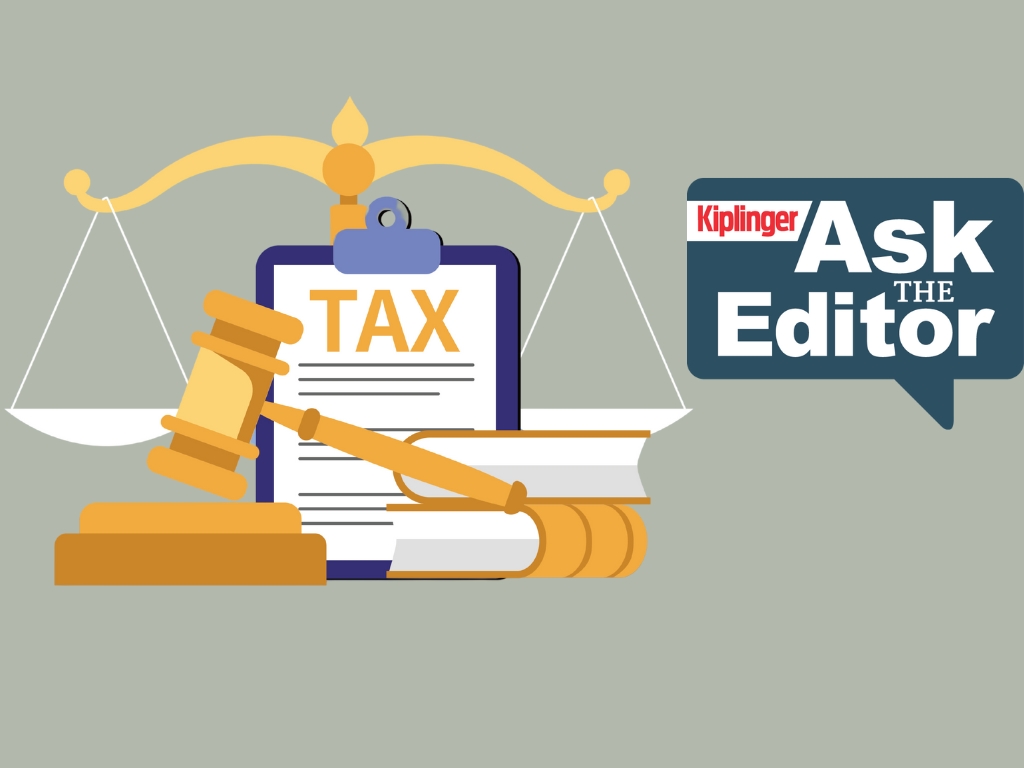These 2 Emotional Biases Could Kill Your Retirement
Are your emotions sabotaging your retirement plans? Some basic knowledge and careful introspection can go a long way toward avoiding deadly pitfalls.


If investing and saving for retirement were based solely on objective mathematics, a very healthy nest egg could be a forgone conclusion for many of us. Realistically, however, investors are human beings, with wants, feelings, conflicting priorities and a wide range of emotions. In fact, a subfield of behavioral economics called behavioral finance studies how psychological influences and biases affect the financial behaviors of investors.
While there are many facets to behavioral finance and complexity behind the science, some of the concepts I see at work in my daily practice can be simplified to help the average investor identify and change damaging thoughts and behaviors. These include the emotional biases of overconfidence and herd behavior.
Watch Out for Overconfidence Right Now
Overconfidence is an emotional bias that I see most at work in an up market. When individuals see impressive gains in their portfolios, it can distort their decision making. "Winning" can create emotional highs and disconnect us from rational behavior.

Sign up for Kiplinger’s Free E-Newsletters
Profit and prosper with the best of expert advice on investing, taxes, retirement, personal finance and more - straight to your e-mail.
Profit and prosper with the best of expert advice - straight to your e-mail.
For example, one individual I know is in her 60s and unemployed, with her assets invested in high-risk instruments. While she is focused only on the gains she is currently experiencing, I have asked her to recognize how much those investments can go down in the future — to the tune of about 25% of her funds and hundreds of thousands of dollars. Despite my best attempts to encourage her to diversify and spread risk, she continues on her current path of unrealistic optimism, with huge losses only a market downturn away.
In addition to being overconfident in the market, an investor can also be overconfident in his or her own abilities. After all, we all think we are great drivers, yet more than 36,000 traffic fatalities occurred in 2020, according to the National Highway Traffic Safety Administration. Like driving, investing has inherent risk. We need to be aware of the risks and take steps to migrate those risks. Just like seatbelts cut down on our risk of dying in a car accident, exercising prudence and caution in a financial plan can help protect us from devastating losses.
Therefore, when looking at your investments, exercise some introspection about your level of confidence.
- Are you giddy because your portfolio is so high?
- Have you taken steps to also consider what your losses might be, and can you comfortably accept those losses?
- Are you ignoring the voices of financial experts who are encouraging prudence?
Feel the Urge to Follow the Herd? Don’t You Dare
Likewise, another emotional bias is herd behavior. In essence, we may ignore our own inner dialogue of caution or the advice of professionals and instead “follow the crowd” and its strategies. The most detrimental way I see this at work in my practice is when an up streak is featured throughout the news. This triggers “herd” investors to buy stocks (at a high price). When the news is then filled with market declines, and they see their accounts tumbling, herd investors sell (at a low price). People also do the same in their 401(k)s, transferring money between sub accounts at the worst possible times. All in all, the buzz of “now” gets into their heads, and the old adage of “buy low and sell high“ goes out the window.
Following the herd is a devastating way to manage investments, and the best things to do are ignore what everyone else is doing and remind yourself of your overall plan, which should include diversification, taking a long-term view and rebalancing your assets.
Before you look at your plan, again ask yourself if you are prone to emotional bias — this time, herd behavior.
- Do you have a track record of moving money out of accounts or investments at a loss, and then moving money in or purchasing when the market is up?
- Do you worry about your accounts when you hear that the market is up or down and itch to take action?
- Are you ignoring your long-term plan and acting out of fear or glee?
Prudent investing requires patience and thoughtful decisions to help you reach your retirement goals and balance out the ups and the downs. Taking a good hard look at your emotions and biases can be the first step to improving your investment strategy for the long-term. Be honest with yourself if you see a pattern of mistakes and take steps to ensure that your emotions don’t get the better of you.
Profit and prosper with the best of Kiplinger's advice on investing, taxes, retirement, personal finance and much more. Delivered daily. Enter your email in the box and click Sign Me Up.

Jack Gelnak is an experienced and talented adviser with a proficient and comprehensive understanding of investment concepts, tax and legal planning solutions. After 23 years as a practicing wealth manager, Jack finds satisfaction in getting to know each of his clients personally. Employing kindness, insight, compassion and integrity, he uses his knowledge and experience, together with coherent communication to identify solutions and explain complicated concepts in a way that make sense.
-
 Ask the Editor — Tax Questions on Inherited IRAs
Ask the Editor — Tax Questions on Inherited IRAsAsk the Editor In this week's Ask the Editor Q&A, we answer tax questions from readers on the rules on inheriting IRAs.
-
 I Asked Experts When It's Worth Splurging on Beauty and Skincare — and When You Can Save
I Asked Experts When It's Worth Splurging on Beauty and Skincare — and When You Can SaveSmart Shopping Experts agree that while you don't have to spend three figures on your products, some higher-priced items have value.
-
 Retiring Early? This Strategy Cuts Your Income Tax to Zero
Retiring Early? This Strategy Cuts Your Income Tax to ZeroWhen retiring early, married couples can use this little-known (and legitimate) strategy to take a six-figure income every year — tax-free.
-
 Ditch the Golf Shoes: Your Retirement Needs a Side Gig
Ditch the Golf Shoes: Your Retirement Needs a Side GigA side gig in retirement can help combat boredom, loneliness and the threat of inflation eroding your savings. And the earlier you start planning, the better.
-
 Roth IRA Conversions in the Summer? Why Now May Be the Sweet Spot
Roth IRA Conversions in the Summer? Why Now May Be the Sweet SpotConverting now would enable you to spread a possible tax hit over more than one payment while reducing future taxes.
-
 A Financial Expert's Three Steps to Becoming Debt-Free (Even in This Economy)
A Financial Expert's Three Steps to Becoming Debt-Free (Even in This Economy)If debt has you spiraling, now is the time to take a few common-sense steps to help knock it down and get it under control.
-
 I'm an Insurance Expert: This Is How Your Insurance Protects You While You're on Vacation
I'm an Insurance Expert: This Is How Your Insurance Protects You While You're on VacationHere are three key things to consider about your insurance (auto, property and health) when traveling within the U.S., including coverage for rental cars, personal belongings and medical emergencies.
-
 Investing Professionals Agree: Discipline Beats Drama Right Now
Investing Professionals Agree: Discipline Beats Drama Right NowBig portfolio adjustments can do more harm than good. Financial experts suggest making thoughtful, strategic moves that fit your long-term goals.
-
 'Doing Something' Because of Volatility Can Hurt You: Portfolio Manager Recommends Doing This Instead
'Doing Something' Because of Volatility Can Hurt You: Portfolio Manager Recommends Doing This InsteadYes, it's hard, but if you tune out the siren song of high-flying sectors, resist acting on impulse and focus on your goals, you and your portfolio could be much better off.
-
 Social Security's First Beneficiary Lived to Be 100: Will You?
Social Security's First Beneficiary Lived to Be 100: Will You?Ida May Fuller, Social Security's first beneficiary, retired in 1939 and died in 1975. Today, we should all be planning for a retirement that's as long as Ida's.